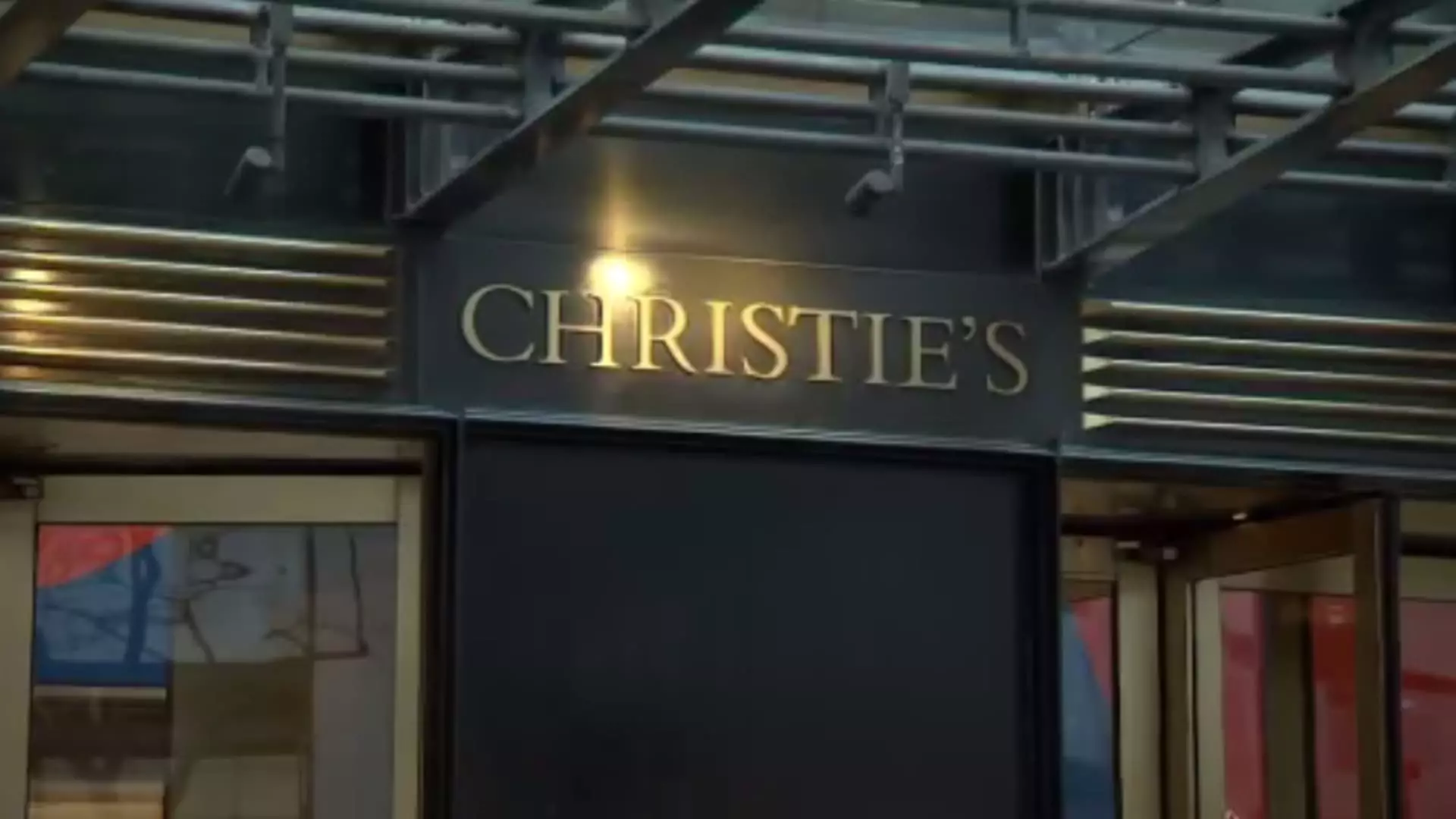The recent sale of a painting for more than $100 million by auction house Christie’s has sent shockwaves through the art world. This secretive transaction, shrouded in mystery regarding the artwork, the buyer, and the seller, has shed light on the growing trend of private sales in the art market. While details are scarce, it is rumored that the painting in question is Mark Rothko’s “No. 6 (Violet, Green and Red),” previously owned by Russian billionaire Dmitry Rybolovlev and recently acquired by hedge fund billionaire Kenneth Griffin. The lack of transparency in this sale underscores the increasing popularity of private sales, especially in the wake of the Covid-19 pandemic.
Private art sales have seen a significant uptick in recent years, with collectors opting for discreet transactions away from the public auction spotlight. Christie’s reported a staggering $1.2 billion in private sales last year, a 49% increase from pre-pandemic levels. Similarly, Sotheby’s saw a rise in private sales from $1.1 billion in 2022 to $1.2 billion. This surge in private transactions has become a preferred method for selling high-value masterpieces, often surpassing the prices achieved at public auctions. The appeal of private sales lies in their exclusivity and confidentiality, attracting elite collectors seeking to add rare pieces to their collections.
According to Christie’s CEO Guillaume Cerutti, private sales offer a swift and discreet way to connect with top collectors around the world. In times of economic uncertainty, private sales can outperform public auctions, providing a safer avenue for sellers concerned about market volatility. By operating in a more controlled environment, private sales allow for greater flexibility in negotiating prices and securing deals. The confidentiality of these transactions adds an air of mystique to the art market, appealing to clients who value discretion and efficiency.
Implications for the Art Market
The recent $100 million painting sale at Christie’s may serve as a positive indicator for the broader art and collectibles market. As the auction house prepares for its spring sales, the success of private transactions could pave the way for increased investor confidence and higher price expectations. Christie’s recent auction of “The Collection of Sir Elton John” exceeded estimates, with notable sales such as Banksy’s “Flower Thrower Triptych” and a Rolex Daytona wristwatch with a leopard-print dial. The enthusiastic response from collectors and fans online indicates a strong appetite for exceptional pieces, hinting at a potential upswing in the art market.
The world of private art sales offers a glimpse into the elite realm of high-end transactions, where confidentiality and exclusivity reign supreme. The $100 million painting sale at Christie’s underscores the growing importance of private sales in the art market, providing a lucrative avenue for collectors and investors alike. As the industry continues to evolve, private transactions are likely to play an increasingly significant role in shaping the future of art sales and acquisitions.

